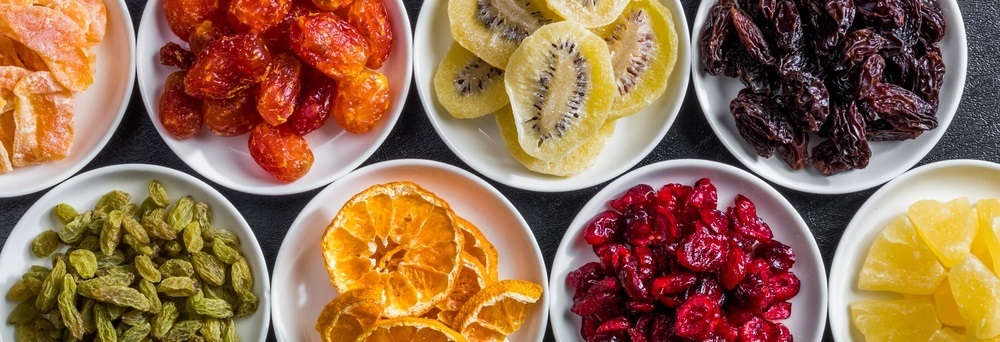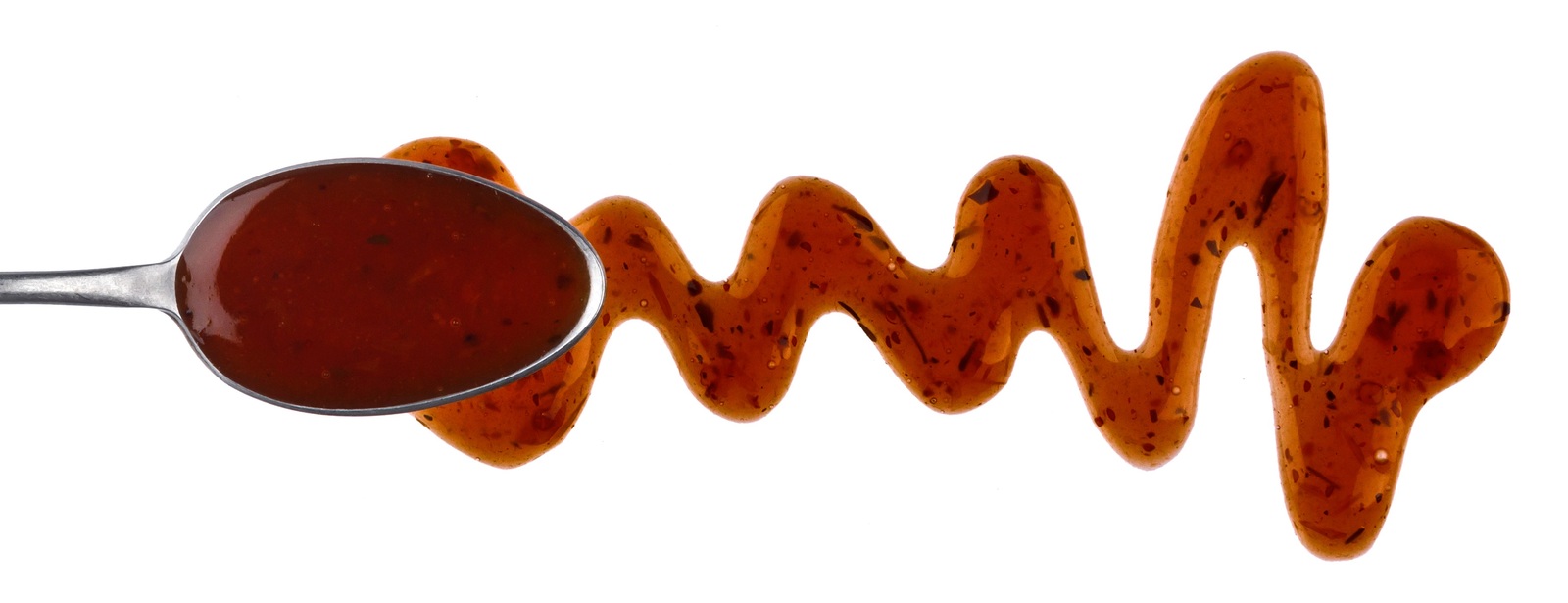All types of dryers can be initially divided into budget-friendly "home" options and professional industrial installations. This division is not at all related to the volume or area of the dryer but rather to the amount energy consumed, time, as well as the drying method.
Historical Perspective
Historically and even today, in many countries with hot climates, fruits, vegetables, herbs, and spices are dried outdoors under the sun, benefiting from direct solar heat and natural air circulation.
Modern production facilities, which no longer rely on the traditional open-air drying method, aim to replicate these processes in enclosed drying chambers. The market offers various types and brands of dryers.
To make an informed choice, consider the following energy formula based on the technical characteristics of convection, infrared, and condensation dryers: the formula is 15-10-3. This formula provides a comparative analysis of the energy consumption of different dryers for vegetables and fruits.
An illustrative Example
To illustrate this formula, let's consider the example of drying apples with a 3-square-meter dryer.
- Convection Dryers┬Ā(15 kW): Manufacturers of basic, affordable convection dryers indicate an approximate energy consumption of 15 kW per batch of product (apples). These dryers use warm air for drying, which requires a lot of time and energy to remove moisture from the product's surface. This approach may sometimes lead to issues such as uneven drying throughout the product. Typically, these dryers have uninsulated thin cabinet walls with openings for excess heat dissipation. From an energy perspective, these dryers are the least efficient. While their initial cost may be low, it does not accurately reflect on the real cost of operation. As the saying goes, "the miser always pays." These dryers are generally suitable for domestic use when processing seasonal products in smaller quantities.
- Infrared Dryers (10 kW): The second figure, 10 kW, represents the energy consumption for drying a single batch of products using an infrared dryer. This type of a dryer mimics the sun's drying process, where specific infrared wavelengths penetrate the product, significantly reducing drying time. Infrared dryers are highly efficient, as they remove moisture directly from the product's internal cells. Forced airflows are primarily used for cooling, removing excess heat and the evaporated moisture from the heating elements as well as the product, which is subsequently vented from the drying cabinet. In terms of energy consumption, infrared dryers do not vary significantly from conventional convection dryers, but they are significantly faster. Therefore, large-scale production facilities often opt for infrared dryers for their high productivity. These can be considered professional industrial drying cabinets. They are suitable for drying herbs, meat, mushrooms, teas, and more. Some dryer models include deep trays for drying thick, liquid products, such as when producing fruit pastes and roll-ups.
- Condensation Dryers (3 kW - Most Cost-Effective): The most cost effective drying method is condensation, utilizing the principle of a heat pump. This method reduces humidity within the drying cabinet by passing it through a heat exchanger, causing the humidity from the air to change into its liquid state (water), which is subsequently removed from the installation. This is one of the most modern and environmentally friendly drying methods. It is very gentle, especially when it comes to temperature conditions and is suitable for drying heat-sensitive products that may lose their properties when exposed to high temperatures; color, shape, taste, texture, and nutrient content. In terms of drying time, this equipment is on par with convection dryers, yet it is five times more cost-effective in terms of operating expenses. During dehydration, water from the product is not merely lost into the atmosphere but is collected in a container as condensate. This method allows for more precise control over the amount of water evaporated from the product since practically no dryer has the capability to check and regulate the final moisture content of the product. This final check is typically performed in a laboratory following the drying of a particular batch.
The drying unit typically consists of an insulated cabinet that houses a heat pump, which controls the humidity levels and removes excess moisture from the air inside the dryer.

















